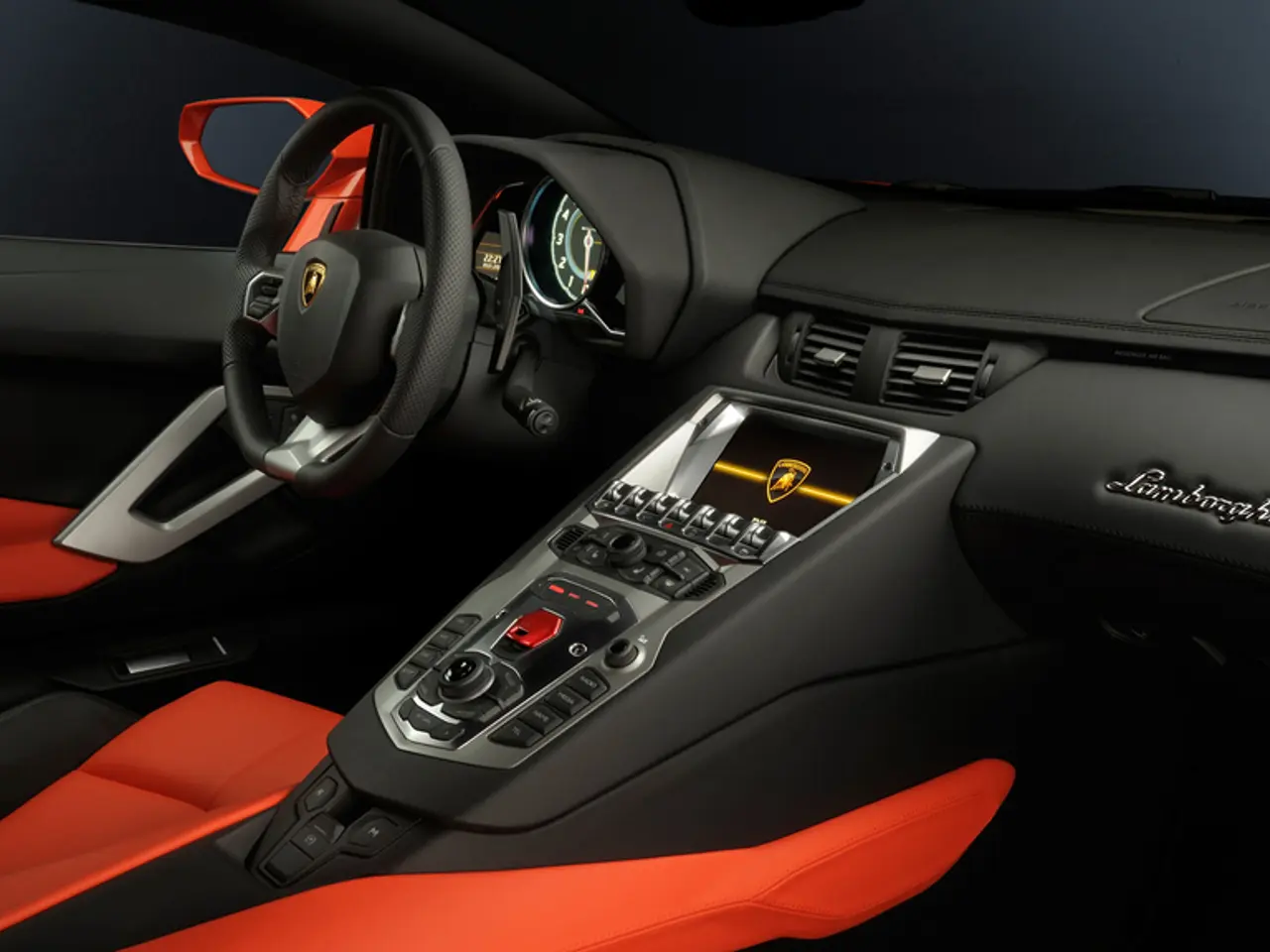Tesla unveils self-driving electric vehicle model in Berlin demo
The Cybercab, Tesla's latest innovation in the realm of robotaxis, is currently on display at the Mall of Berlin near Potsdamer Platz from November 22nd to December 8th. This futuristic vehicle, initially announced by Tesla, offers a unique blend of functionality and design.
The interior of the Cybercab is surprisingly spacious, capable of accommodating two suitcases plus two carry-on bags, and even bicycles, despite a solid wall separating the cargo and passenger compartments. The trunk, described by Tesla as "huge," may provide ample storage for your travel essentials. However, it's worth noting that the trunk of the displayed prototype appears smaller and narrower than the Model Y's trunk.
One of the most striking features of the Cybercab is its distinctive, upward-opening door design, which may be subject to change. The vehicle boasts only two doors, which open automatically, making entry and exit effortless. The seats resemble flat armchairs upholstered in black artificial leather, though they could not be adjusted or moved due to the absence of buttons in the displayed prototype.
The Cybercab is fully autonomous and has already been driving on a private property during the event. Registration for viewing the Cybercab at the Mall of Berlin is available on a website, with spontaneous visitors also welcome to register on-site.
The Cybercab does not have pedals, a steering wheel, or any control elements. Tesla CEO Elon Musk has stated that there will not be a sleek Tesla two-seater in the Cybercab design for manual or assisted driving. For the Cybercab to function as a personal robotaxi, it needs to learn to make significantly fewer mistakes than human drivers and obtain a license for unsupervised driving.
The price of the upcoming robotaxi for two, according to Musk, is under $30,000. However, it's unclear if this includes the US federal tax credit for electric vehicles, which President Trump is reportedly planning to abolish next January. The chances for the Cybercab to obtain a license for unsupervised driving in the US have improved due to the election victory of Republican Trump, but regulatory shortcuts may be more difficult to achieve in Europe.
The Cybercab displayed in Berlin has a California license plate with the inscription "010." Many details of the Cybercab prototype may still change by the time of production. Tesla may make adjusting the seats, moving the side windows, and opening the doors possible through software alone.
It's worth mentioning that 82 percent of today's car kilometers are covered with a maximum of two people, according to Tesla's information. This points towards the potential demand for efficient, spacious, and affordable autonomous vehicles such as the Cybercab.
The president of the United States who won the 2020 election is Joe Biden, and he could influence the approval process of autonomous vehicles like the Tesla Cybercab in the U.S. As the Cybercab continues its journey from the display in Berlin, we eagerly await updates on this exciting development in the world of autonomous transport.








